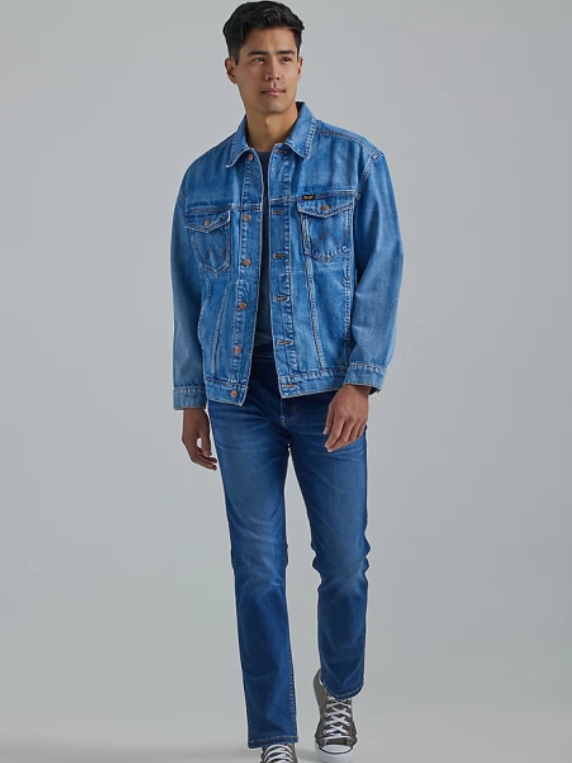There’s something quietly intimate about standing in a designer’s workspace.
It’s not just a table. Not just bolts of denim or sketches pinned to corkboard. It’s a map of every decision—the hard ones, the hopeful ones—that eventually become the jeans we wear and wear out, the kind that fit not just our shape, but somehow, our story.
This week, I was invited behind the scenes of a studio I’ve long admired. Wrangler. Specifically, the team behind Wrangler Jeans Wellington.
And let me tell you: there’s a world behind those stitches.
Not Just Denim: Intentions, Ink, and Coffee Rings
The first thing that struck me wasn’t the fabric—it was the desk. Scratched. Stained. Lived-in. Covered in layers of past work, remnants of erased pencil lines, frayed denim samples, coffee-ring circles where someone had clearly thought a long time before deciding on a stitch.
The lead designer, a soft-spoken woman with calloused fingertips and a quiet fire in her eyes, told me something I still haven’t shaken off:
“We don’t start with trends. We start with memories.”
That’s when I understood—Wrangler wasn’t just crafting clothing. They were translating experience. Memories of road trips, of mud and music festivals, of handed-down jeans that had holes before they even fit.
It’s why the Wellington line doesn’t feel like it’s trying too hard. It’s just… honest.
A Stitch in Time—And in Heritage
There was a prototype jacket hanging near the corner. Not yet released. The seam down the sleeve was slightly offset—on purpose. “It follows the natural line of the arm when you’re riding,” the designer noted, referencing Wrangler’s long-standing connection with riders and ranchers.
Function was never sacrificed for form here. The form came from function.
One shelf held photos of real people who’d sent in their stories. Farmers. Musicians. Mechanics. A dad who’d worn the same pair for seven years before patching them up for his teenage son. These stories shape the way Wrangler refines each collection—and you can feel it in the way their Wellington cuts sit just right.
It’s denim that knows the human behind the hanger.
Why Wrangler Feels Different
I’ve explored a lot of workspaces in my time. Some are sleek, full of sterile precision. Others are chaotic in a charming, paint-splattered way. But the Wrangler team’s space felt intentional. Every corner had a purpose. Every mood board wasn’t just “aesthetic inspiration”—it was grounded in use, in stories, in place.
That’s the heart of Wrangler NZ, I think. Not a trend machine, not a fashion echo chamber. But a thoughtful studio that makes things you’d actually want to live in—things that are already lived in, somehow, the minute you put them on.
They know their audience, because they are their audience. Their process is slow where it matters, tested on trails and highways, designed around dirt and movement and memory.
Leaving with More Than Just Impressions
When I left the studio that afternoon, I didn’t take much with me. Just a notebook, a few denim swatches, and a small polaroid the team let me snap of the unreleased designs in the background (don’t worry, I’m not leaking anything).
But I carried something bigger: a renewed respect for craftsmanship that isn’t flashy but felt. The kind that doesn’t need loud branding because the details speak for themselves. That’s the Wrangler way.
In a world rushing toward the next big thing, they’re quietly making the kind of pieces you never want to replace. And for those of us who believe clothes can carry stories, that’s worth slowing down for.
